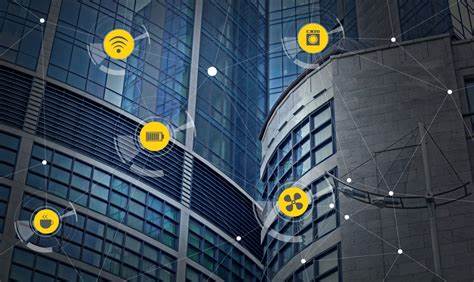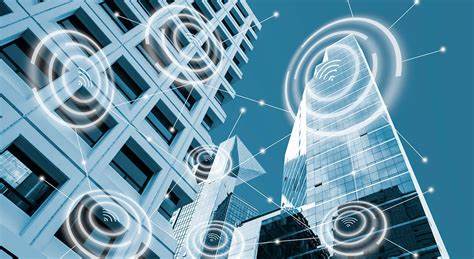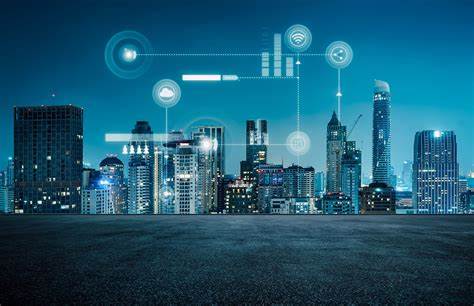
The Evolution and Impact of Smart Buildings: Advancing Sustainability, Efficiency, and Occupant Well-being
Introduction
Smart buildings have emerged as a crucial concept in modern society, revolutionizing the way we live and work. These technologically advanced structures integrate various systems and technologies to create sustainable, efficient, and comfortable environments for occupants. In this article, we will explore the historical background, key concepts, benefits, challenges, and future outlook of smart buildings.
Historical Background
The evolution of smart buildings can be traced back to the early 20th century when basic automation systems were introduced. However, significant advancements in building automation and control systems occurred in the late 20th century. Factors such as the need for energy conservation, increasing awareness of environmental impact, and technological advancements have driven the development of smart buildings over the years.
Key Concepts and Definitions
Smart buildings are structures that utilize advanced technologies and systems to optimize energy consumption, enhance occupant comfort, and improve operational efficiency. They integrate building automation systems, encompassing various components like sensors, controls, and actuators, to monitor and control building functions. Smart buildings are also connected to the Internet of Things (IoT), enabling seamless communication and data exchange between devices and systems.

Main Discussion Points
Energy Efficiency in Smart Buildings
Advanced sensors and control systems play a pivotal role in optimizing energy consumption in smart buildings. These technologies constantly monitor factors such as occupancy, temperature, and lighting levels, adjusting them in real-time to minimize energy wastage. Furthermore, smart buildings integrate renewable energy sources, such as solar panels and wind turbines, to reduce reliance on traditional energy grids and promote sustainability.
Improved Occupant Comfort and Productivity
Smart sensors and data analytics are utilized in smart buildings to create a comfortable and productive environment for occupants. These sensors monitor factors like temperature, humidity, and air quality, ensuring optimal conditions for productivity and well-being. Additionally, smart technologies enable personalized settings and preferences, allowing individuals to customize their workspace according to their needs.
Case Studies or Examples
Real-world examples of smart building projects showcase the benefits and outcomes achieved through their implementation. For instance, the Edge Building in Amsterdam utilizes innovative technologies, including solar panels, smart lighting, and intelligent climate control systems. This has resulted in significant energy savings and improved occupant comfort.

Current Trends or Developments
The field of smart buildings is continuously evolving, with several advancements shaping its future. Recent developments include the integration of artificial intelligence (AI) and machine learning algorithms into building management systems, enabling predictive analytics and enhanced automation. Additionally, research findings highlight the potential of using blockchain technology for secure and transparent data management in smart buildings.
Challenges or Controversies
While smart buildings offer numerous benefits, they also pose challenges and controversies. Privacy and data security concerns arise due to the constant monitoring and collection of data in smart buildings. The ethical use of occupant data and ensuring robust cybersecurity measures are crucial to address these concerns. Additionally, debates surround the effectiveness and feasibility of smart buildings, with some questioning their true impact on energy efficiency and occupant well-being.

Future Outlook
The future of smart buildings looks promising, with emerging technologies set to drive innovation and improvement. Advancements in connectivity, AI, and IoT will further enhance the functionality and efficiency of smart buildings. Moreover, areas such as adaptive building design, energy storage systems, and smart grid integration hold immense potential for future growth and development.
Conclusion
Smart buildings have become integral to our society, offering sustainable, efficient, and occupant-centric spaces. By optimizing energy consumption, enhancing occupant comfort, and leveraging cutting-edge technologies, these buildings have the potential to transform the way we live and work. It is imperative that we continue to explore and innovate in this field to create a sustainable and prosperous future.




